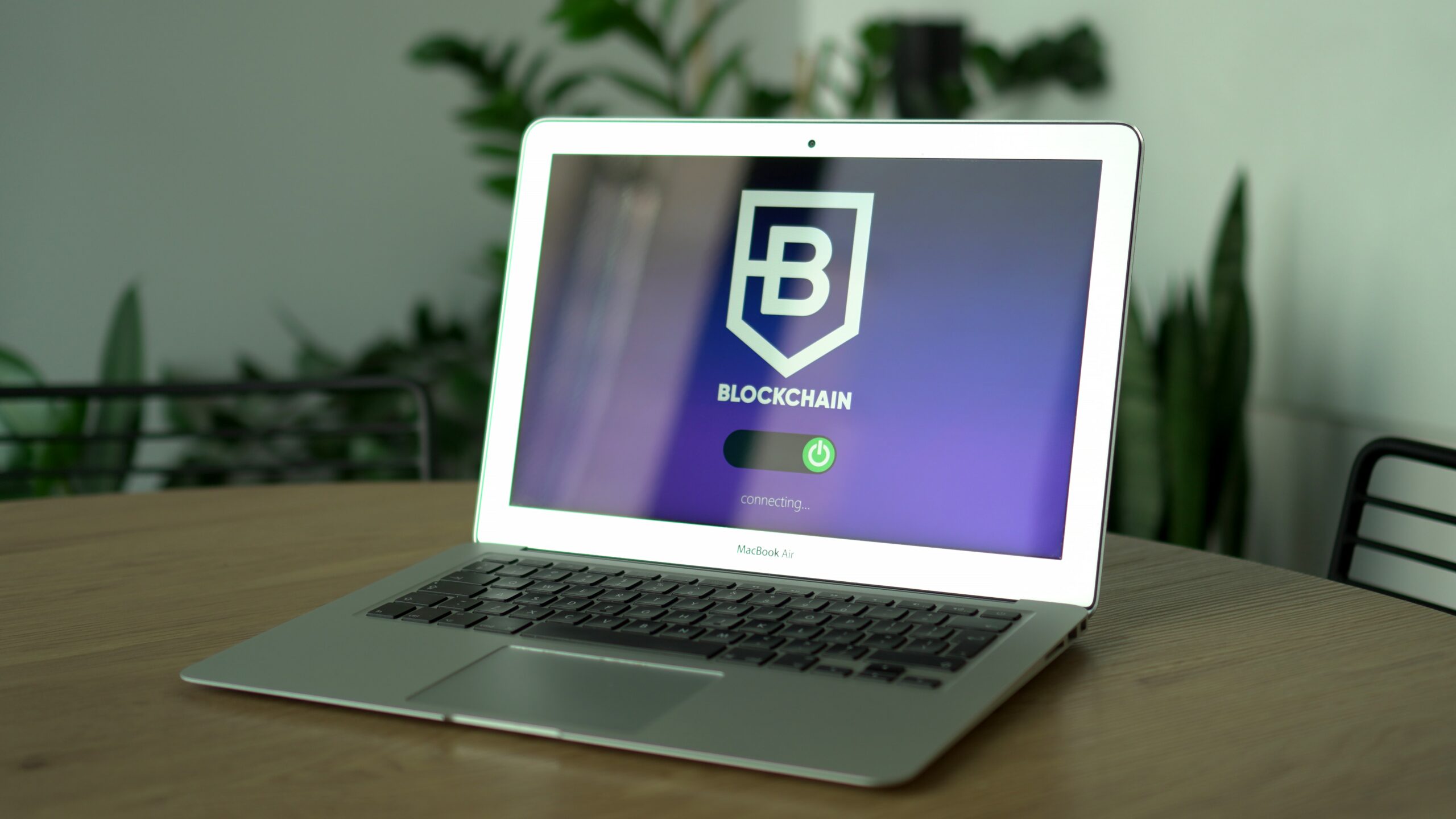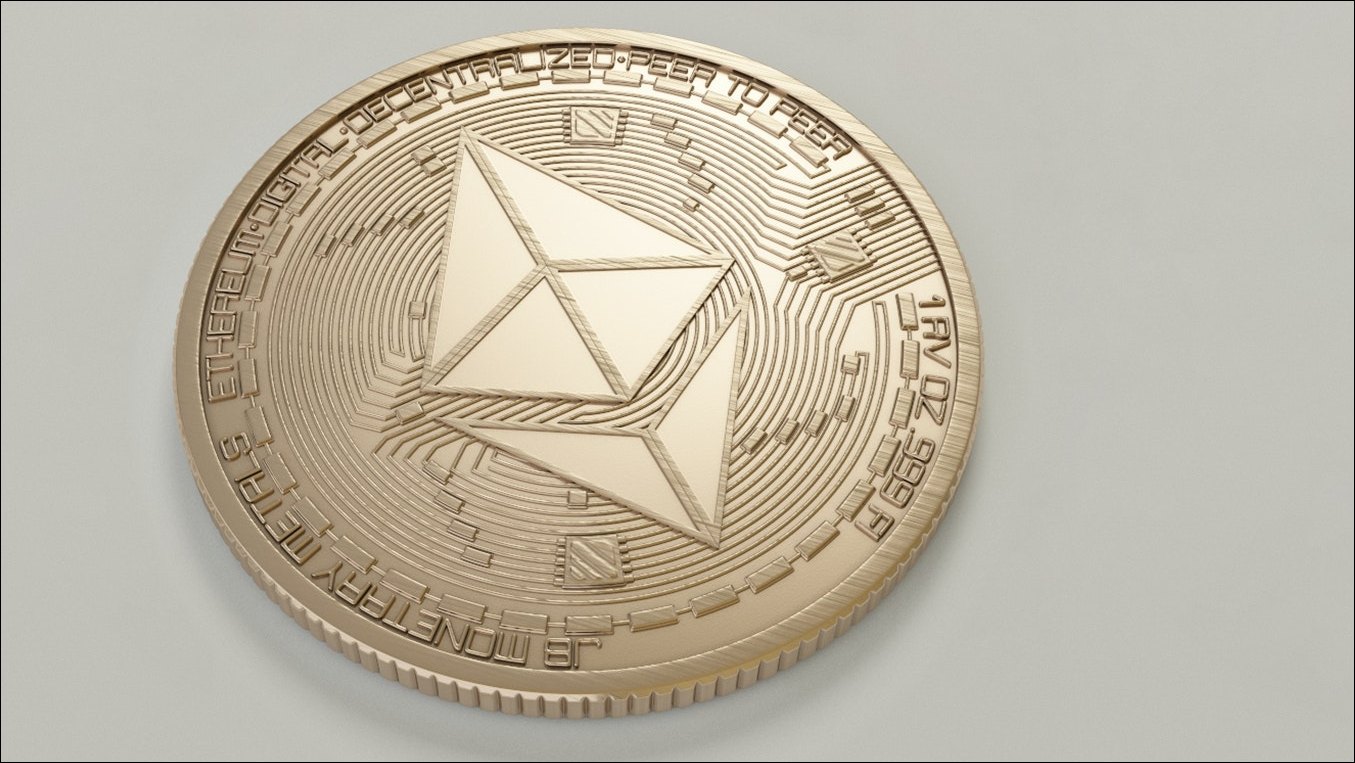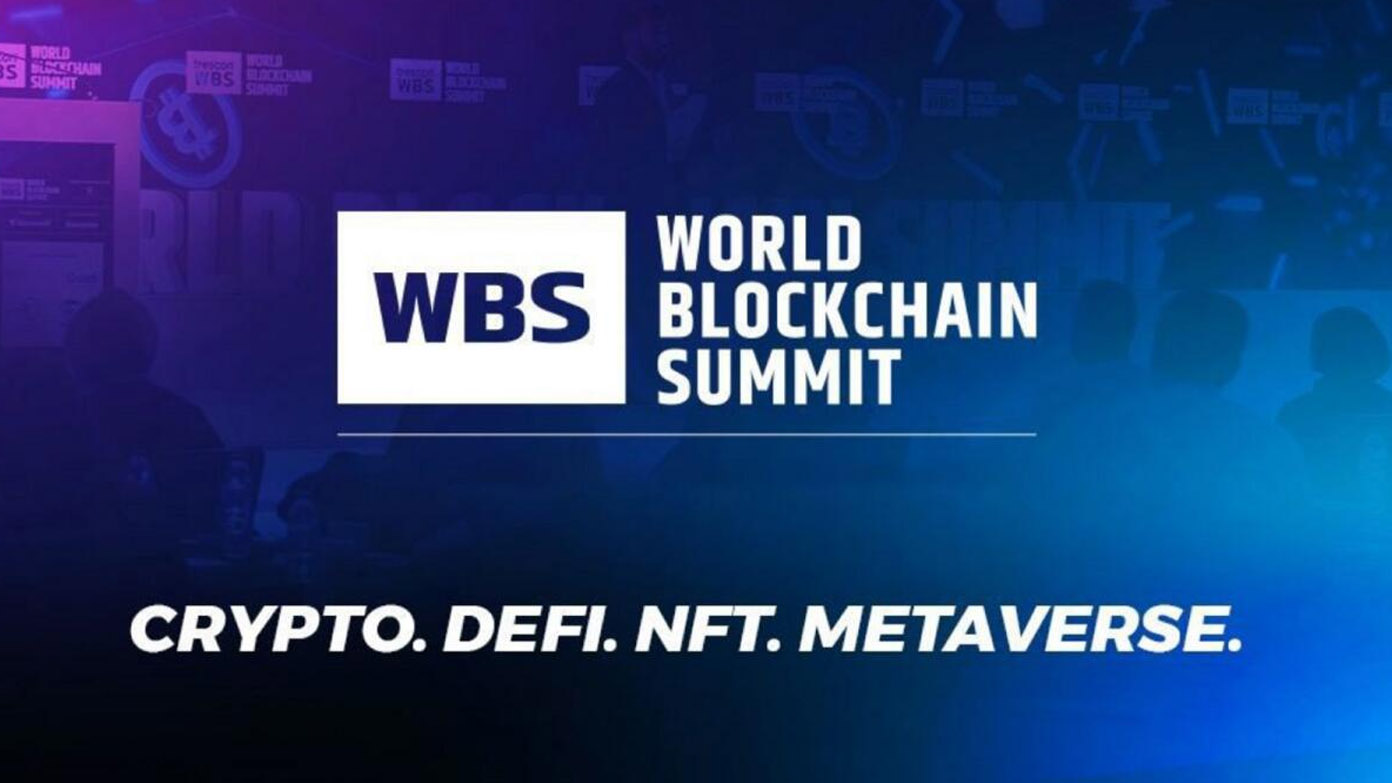Ethereum is the 2nd biggest cryptocurrency as of now behind Bitcoin. But it’s actually Ether (ETH) what is mistakenly referred to as Ethereum. Ether is a 2nd generation cryptocurrency based on the same fundamental blockchain system and it is used for trading, exchanging, purchasing, and paying to others on the Ethereum network. You can buy or trade Ether on a number of crypto exchanges.
Ethereum Blockchain Explained
Ethereum itself is a decentralized blockchain-based network. It was created by Vitalik Buterin and Gavin Wood and launched in 2015. Its purpose was to act as a platform for decentralized finance or Defi and remove the middleman in certain financial processes like banks and brokers. But to understand it better, we will take a brief look at how it works and its uses and features.
How Does it work?
Ethereum works on three primary components which when brought together make up the network. Let us learn more about them.
Decentralization
Decentralization is a common word used in cryptocurrency. What it means is unlike centralized systems, let’s take an example of banks where the account information, and transaction history are stored by a single entity which can be vulnerable to various attacks, and tampering, and can be affected by policy changes of the bank itself.
In a decentralized system, all the information of the customer is spread among different independent computer systems. This means, to tamper with any of the information, someone has to tamper with at least 51% of the systems around the world. It also means that customers do not face server-down issues and their information and transaction history are very secure.
Blockchain
Blockchain as the name suggests is a chain of blocks. Consider like a list. Each block contains records of your information and your transactions. A block is added every time a transaction is made and it also saves the Hash or a unique number of the previous block. This way, blockchain manages all the past records and keeps them secure.
Smart Contracts
Smart contracts are a program that will execute themselves when a suggested condition is met. They help eliminate the middleman in the process by automatically executing or recording any data or transaction when a certain condition occurs that is determined according to the terms of the contract.
Ethereum Blockchain Features
Now that we have learned how the Ethereum network works, lets us understand some of its features, uses, how it is different from Bitcoin, and what is Gas?.
Unique features and Uses
As we discussed above, this network will be used for a decentralized financial system, but also for decentralized programs as well. These programs will be called Dapps. A number of Dapps already exist which keep your information private and your files secure.
Many different and new cryptocurrencies are basically tokens that are operated on the ERC 20 tokens which are a part of the Ethereum network.
NFTs (Non-Fungible Tokens) are also a product of the Ethereum network. You must have heard of it. These are usually digital collectibles like art, music, tokens, and other items that are unique in nature and are indivisible.
Bitcoin Vs Ethereum
Bitcoin and Ether, both are cryptocurrencies that can be purchased at any crypto exchange, but Bitcoin is just a digital currency, Ethereum also holds value as a currency, and it works as a platform for Defi and Dapps.
Ethereum is also very fast when it comes to processing transactions. Ethereum takes 15 seconds, and Bitcoin takes 10 minutes.
Bitcoin has a limit of only 21 million units, while Ethereum, as of right now, does not have any limit. Ethereum is also making a way for the easier creation of new and improved tokens.
In Bitcoin, you have to pay a miner’s fee when making a transaction. Similarly, you have to pay Gas fees (Transaction fees) in Ethereum.
Ethereum Wallets
Ethereum wallets are software wallets that can be used to store your Ether or Ether-based tokens and NFTs. These wallets are secure and are a good way to keep your Ether in a safe place instead of Crypto exchanges. These wallets provide the user with a very secure master key which is the only way to access the wallet.
Users can also use a Pen drive to create a hardware wallet that will store their Ethereum. Some Ethereum wallets allow users to create a hardware wallet like MetaMask.
What are Gas Fees?
Gas or Gas fees are the amount of money the sender has to pay to the person who will use their computer, electricity, and computing power to validate your transaction on the blockchain. This person is called a miner.
The Gas fee is calculated in Gwei, which is the lowest amount of Ethereum. Think of it as like 100 paise make 1 Rupee
This fee also depends on the speed at which you want your transaction to be processed. If you want it to be processed immediately then you have to pay more Gas to the miner, and if you can wait then you can choose to pay less fee.
This fee also fluctuates depending on the traffic in the network. I the traffic is extremely high, and there are a lot of people who want their transactions processed, then the Gas fees will be higher. You can always check the current ongoing gas fee here.
Ethereum 2.0
As the Ethereum network grows bigger, it will require more resources and the implementation of new technology. Some improvements in Ethereum 2.0 will include Proof of Stake and Sharding.
Proof of Stake in Ethereum
Right now, due to Proof of work where several computers compete in a race to validate your transaction, a lot of resources and electricity are wasted, so to fix that, a new Proof of stake system will be implemented where a computer at random will be selected to validate the transaction. Their chances to be selected will increase based on how much Ether they put at stake.
Sharding in Ethereum
Increasing blockchains will require a lot more space, and eventually, only a very powerful system will be only able to validate these blockchains. To remedy this, Sharding will be used, where data will be separated into smaller equal proportions to be processed. This will make them storing an easier job.
Wrapping Up
This brings us to an end. We discussed several topics today on how Ethereum Blockchain works, its features and uses and its comparison with Bitcoin, and what it holds in the future. It is definitely an intriguing subject and we hope you have enjoyed learning more about Ethereum.
You can also follow us for instant tech news at Google News or for tips and tricks, smartphones & gadgets reviews, join GadgetsToUse Telegram Group, or for the latest review videos subscribe GadgetsToUse Youtube Channel.









